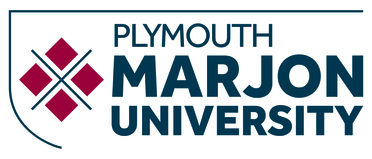Ecosystem restoration strengthens pollination network resilience and function
Kaiser-Bunbury, Christopher N., Mougal, James, Valentin, Terence, Gabriel, Ronny, Olesen, Jens M., Blüthgen, Nico and Whittington, Andrew E. (2017) Ecosystem restoration strengthens pollination network resilience and function. Nature, 542 (7640). pp. 223-227. ISSN 0028-0836
|
Text
Ecosystem restoration strengthens pollination_Whittington.pdf - Accepted Version Download (252kB) | Preview |
Abstract
Land degradation results in declining biodiversity and the disruption of ecosystem functioning worldwide, particularly in the tropics1. Vegetation restoration is a common tool used to mitigate these impacts and increasingly aims to restore ecosystem functions rather than species diversity2. However, evidence from community experiments on the effect of restoration practices on ecosystem functions is scarce3. Pollination is an important ecosystem function and the global decline in pollinators attenuates the resistance of natural areas and agro-environments to disturbances4. Thus, the ability of pollination functions to resist or recover from disturbance (that is, the functional resilience)5,6 may be critical for ensuring a successful restoration process7. Here we report the use of a community field experiment to investigate the effects of vegetation restoration, specifically the removal of exotic shrubs, on pollination. We analyse 64 plant–pollinator networks and the reproductive performance of the ten most abundant plant species across four restored and four unrestored, disturbed mountaintop communities. Ecosystem restoration resulted in a marked increase in pollinator species, visits to flowers and interaction diversity. Interactions in restored networks were more generalized than in unrestored networks, indicating a higher functional redundancy in restored communities. Shifts in interaction patterns had direct and positive effects on pollination, especially on the relative and total fruit production of native plants. Pollinator limitation was prevalent at unrestored sites only, where the proportion of flowers producing fruit increased with pollinator visitation, approaching the higher levels seen in restored plant communities. Our results show that vegetation restoration can improve pollination, suggesting that the degradation of ecosystem functions is at least partially reversible. The degree of recovery may depend on the state of degradation before restoration intervention and the proximity to pollinator source populations in the surrounding landscape5,8. We demonstrate that network structure is a suitable indicator for pollination quality, highlighting the usefulness of interaction networks in environmental management6,9.
| Item Type: | Article |
|---|---|
| Additional Information: | Article also available through link provided |
| Keywords: | Community ecology Conservation biology Ecological networks Invasive species Restoration ecology |
| Divisions: | Health Sciences |
| Depositing User: | Ms Kerry Kellaway |
| Date Deposited: | 07 Dec 2018 16:16 |
| Last Modified: | 22 May 2019 11:40 |
| URI: | https://marjon.repository.guildhe.ac.uk/id/eprint/17280 |
| Related URLs: |
https://www.nat ... ature21071#ref9
(Publisher URL)
|
Actions (login required)
 |
Edit Item |

